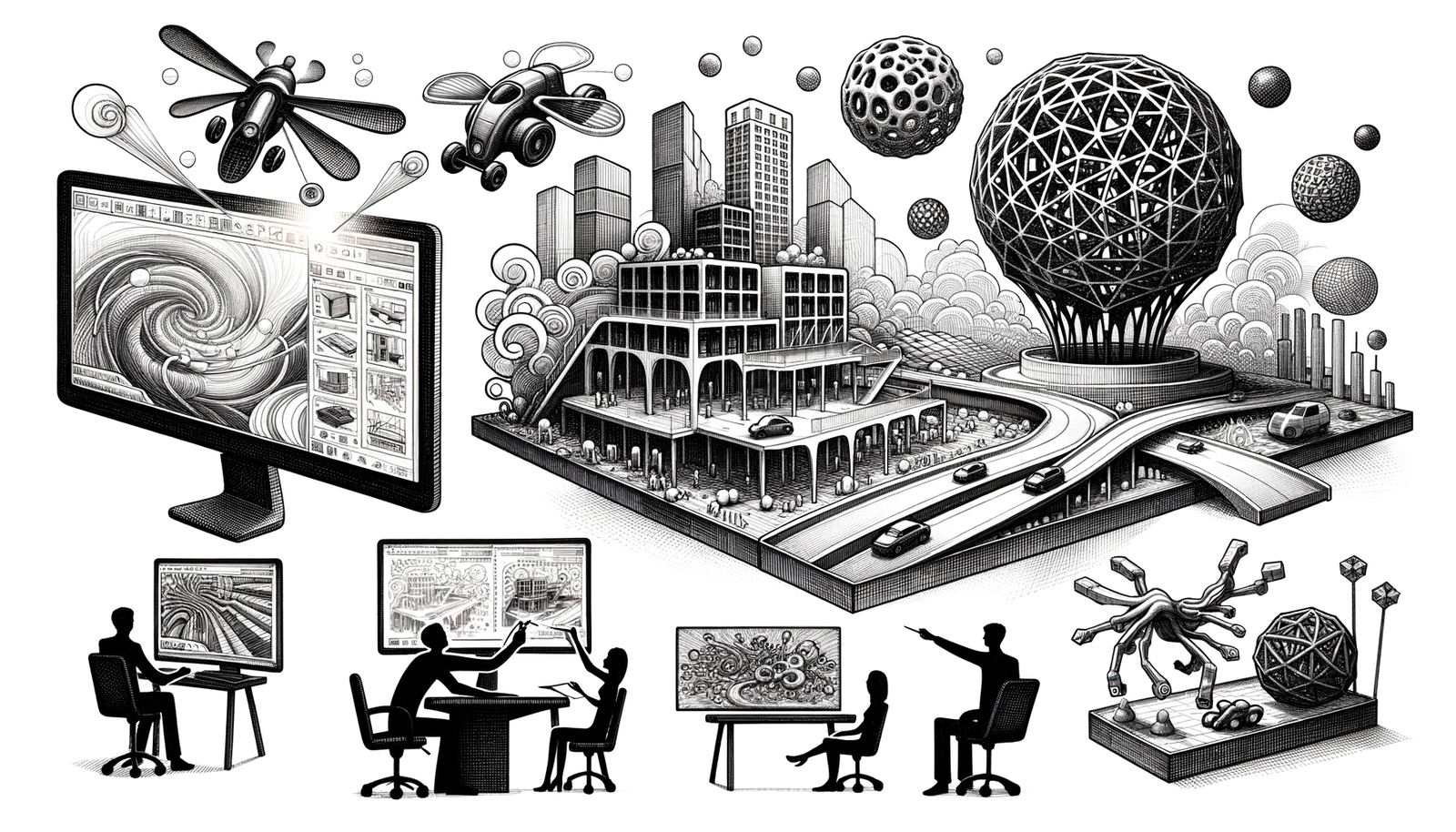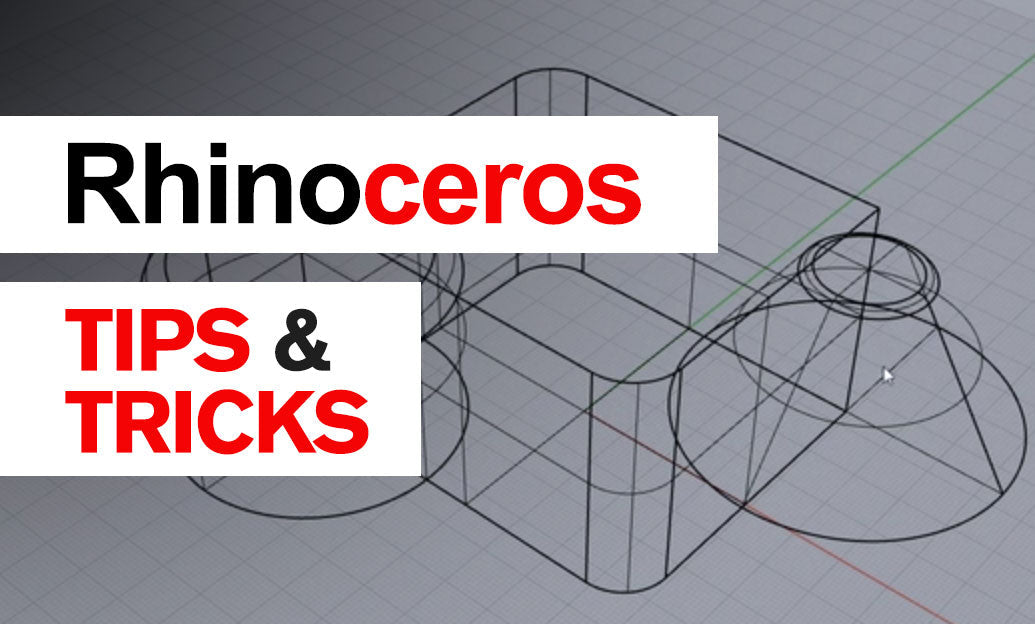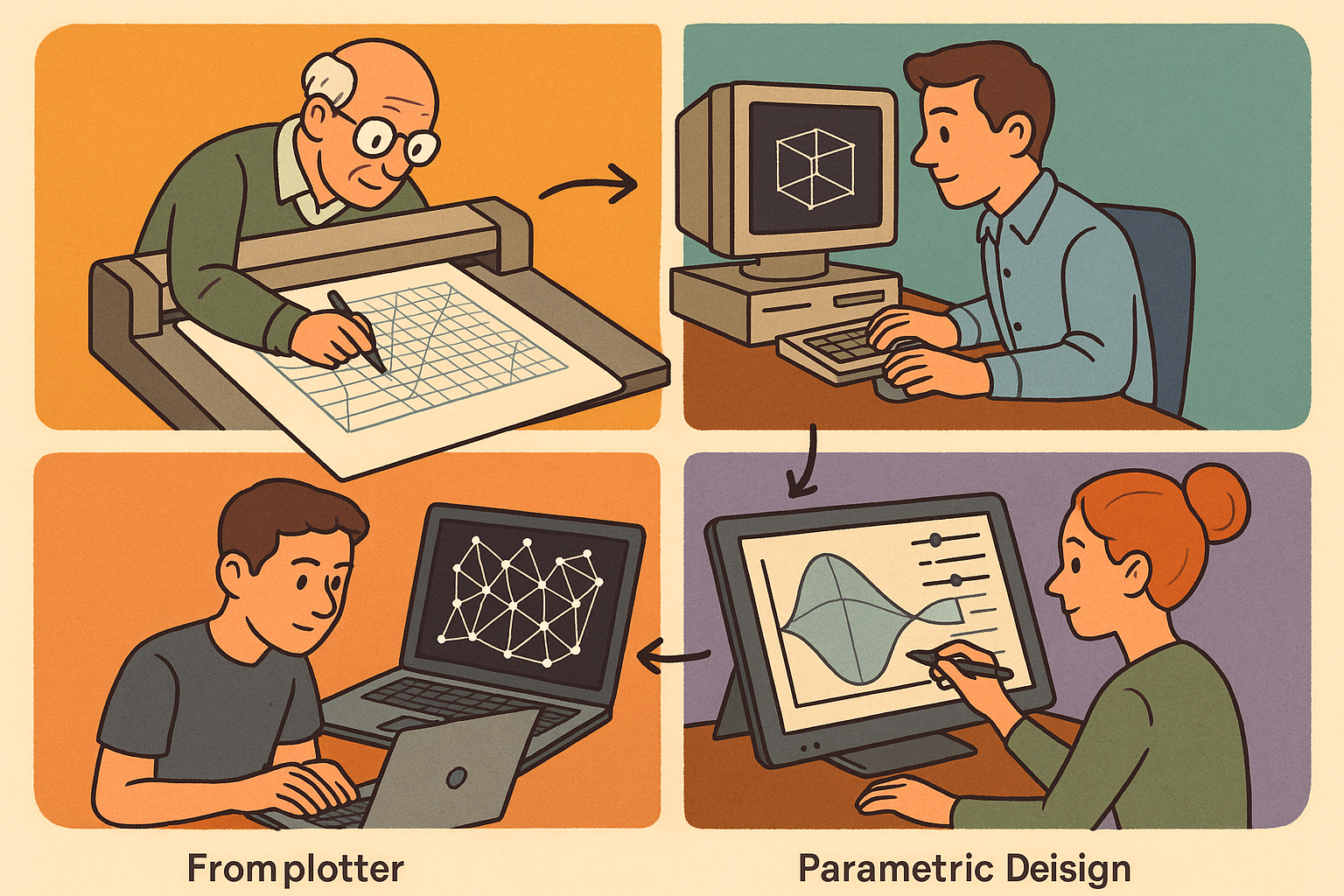Your Cart is Empty
Grasshopper, the visual programming tool integrated into Rhino, has revolutionized the way designers and architects approach parametric design. Its power lies not just within its core functionalities but significantly in its ability to integrate with numerous plug-ins, each designed to extend its capabilities for specialized tasks. Among these, certain plug-ins stand out for their unique contributions to environmental analysis, physical simulation, morphing, data management, and mesh editing.
Ladybug for Environmental Analysis
Ladybug emerges as a pivotal plug-in for professionals focusing on sustainable design. It offers a suite of tools for environmental analysis, enabling designers to simulate and assess sunlight, radiation, and energy flows within their projects. These key features empower architects to make informed decisions, visualizing complex data directly within the Rhino viewport, thereby enhancing the design's sustainability.
- Integration with other tools and plug-ins opens avenues for more comprehensive analysis and simulations.
- Real-world application examples showcase its efficacy in enhancing building performance and comfort.
Kangaroo for Physical Simulation
As a physics engine for Rhino, Kangaroo stands out for its ability to perform real-time simulation of physical behaviors such as collisions, springs, and gravity. This proves invaluable in form-finding and structural analysis, offering a dynamic approach to architectural design. Kangaroo's real-time feedback mechanism accelerates the iterative design process, allowing for rapid prototyping and experimentation.
Tips for getting started with Kangaroo highlight the importance of understanding the basics of physical simulation to fully exploit its capabilities.
Pufferfish for Advanced Morphing
Pufferfish extends Grasshopper's repertoire with its advanced morphing and transformation capabilities. Specializing in the tweening, blending, and morphing between geometries, it allows for the creation of intricate designs that are challenging to achieve with standard tools. Its advanced geometric manipulations enhance creativity, enabling designers to explore novel forms and ideas.
Compatibility and learning resources for Pufferfish are readily available, assisting users in integrating this powerful plug-in into their workflow.
Human for UI and Data Management
The complexity of parametric models necessitates efficient UI and data management, areas where the Human plug-in excels. By improving the interface for data visualization and interaction, Human facilitates a more intuitive design process. Its tools for importing and exporting data to external sources streamline workflows, making it a critical asset for managing large-scale projects.
Weaverbird for Topological Mesh Editing
Weaverbird’s significance in the realm of mesh topology cannot be overstated. Offering a range of subdivision and smoothing algorithms, it provides designers and architects with advanced mesh editing tools. This proves especially useful in preparing detailed models for 3D printing, where precision and quality are paramount. Weaverbird not only enhances design aesthetics but also complements other plug-ins in the realization of complex designs.
Conclusion
In conclusion, the exploration of these plug-ins reveals their indispensable roles in extending Grasshopper's capabilities, each contributing uniquely to the facets of design and architecture. From environmental analysis and physical simulation to advanced morphing, data management, and mesh editing, these tools collectively push the boundaries of what can be achieved. Designers and architects are encouraged to delve into these resources, harnessing their power to unlock new possibilities in design innovation.







